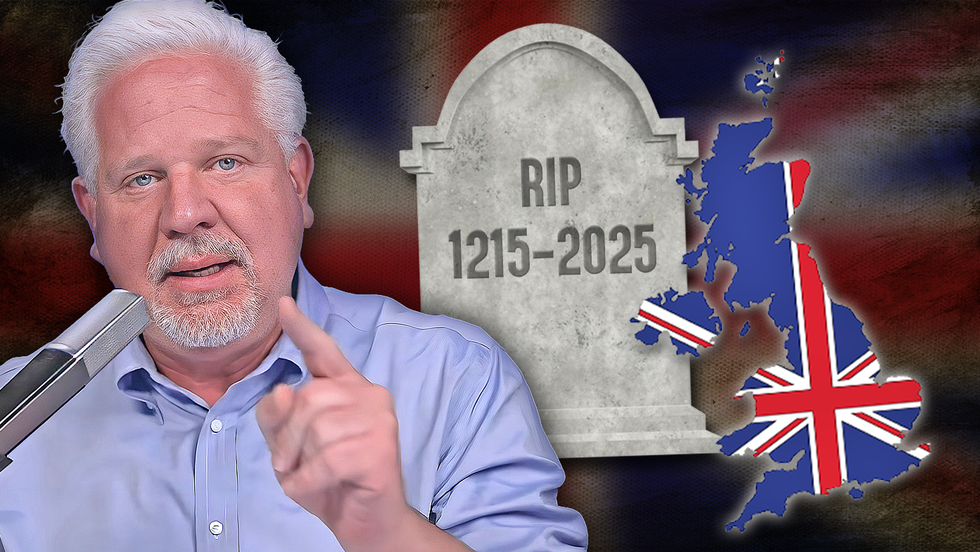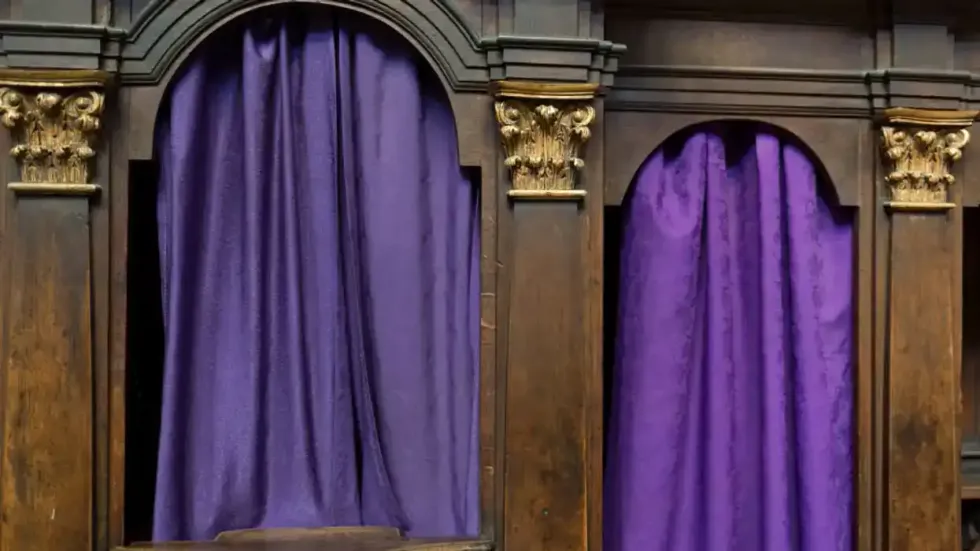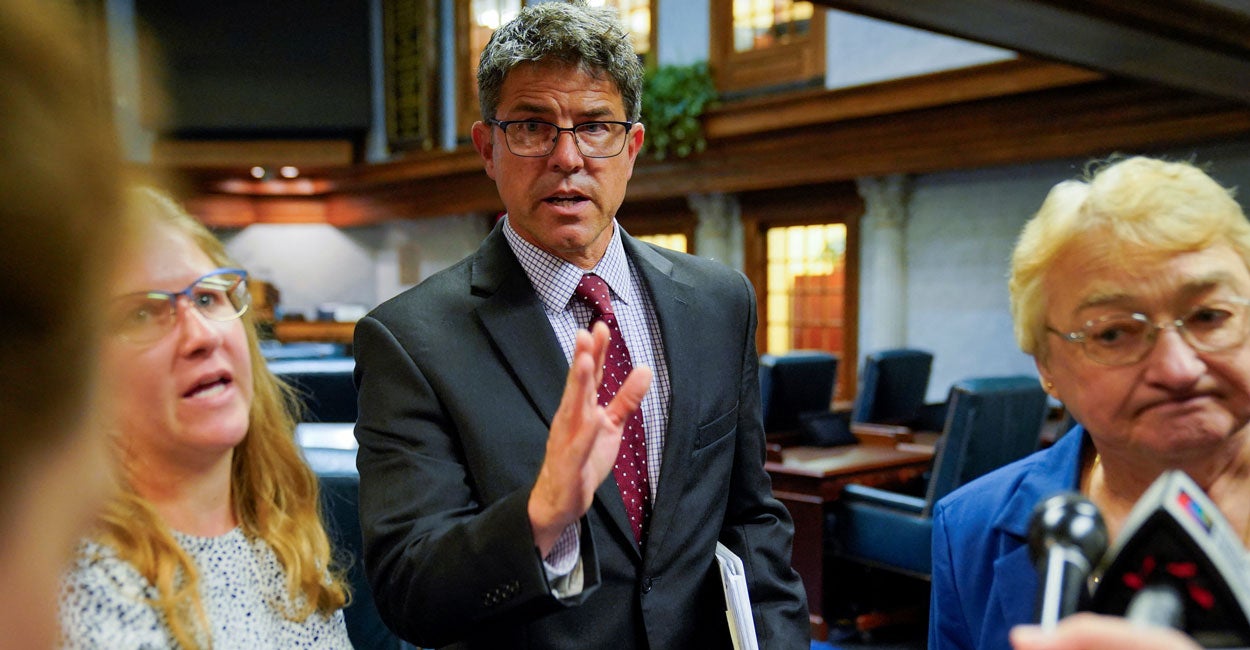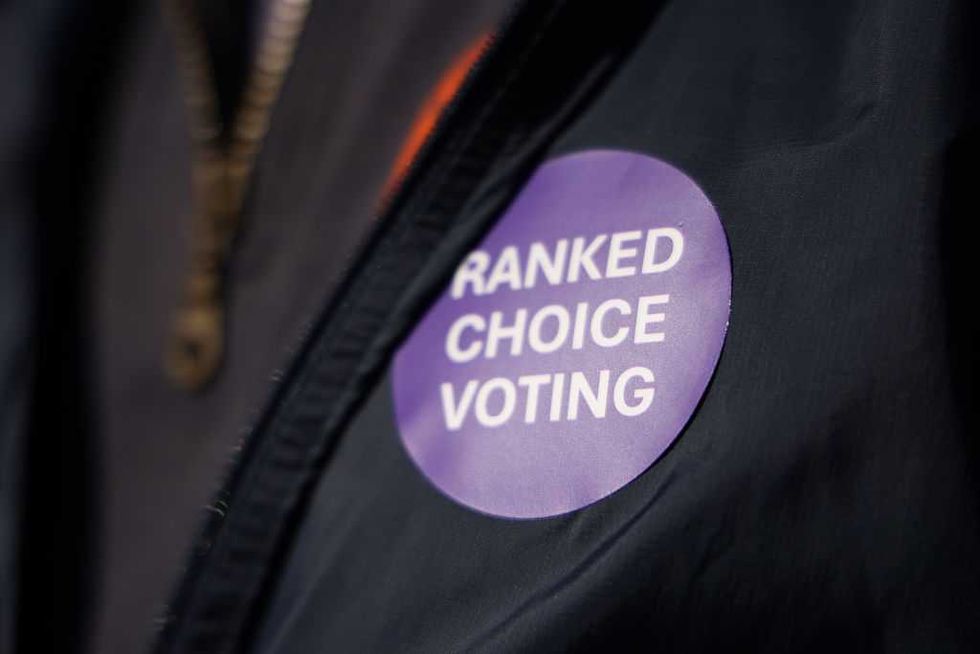How ABC News Manufactures a Medicaid Cut Crisis

The federal government is shut down, at least in part, because Democrats are attempting to reverse Medicaid spending cuts that were enacted earlier this year as part of the One Big Beautiful Bill. Democrats are refusing to support a continuing resolution that would keep funding the government unless it restores those cuts.
ABC News is determined to help the Democrats make their case for reversing Medicaid cuts even at the expense of whatever journalistic credibility they have remaining. To wit, “Good Morning America” aired a story by senior White House correspondent, Selina Wang, about “looming Medicaid cuts threatening the already dire maternal health system.”
The story claims that more than 5.5 million women already live in “maternity care deserts,” referencing a 2024 report by the March of Dimes, and argues that Medicaid cuts “could force more maternity wards to shut down.”
Almost everything about this story is factually incorrect or severely misleading. First, the factual errors. The March of Dimes report claims that 2.3 million women live in maternity deserts, less than half the 5.5 million asserted by ABC News. ABC may have calculated 5.5 million by adding the 3 million women identified by the March of Dimes who “live in counties with limited maternity care access” to the 2.3 million women who they say live in counties classified as maternity care deserts. Even then, ABC appears not to know their 123s because the sum of 3 and 2.3 is not more than 5.5.

But ABC’s inflation of the numbers only compounds the misleadingly alarmist claims in the original March of Dimes report. The report defines a maternity care desert as a county that does not have an “obstetric clinician” and does not have a hospital “offering obstetric care.” Using this definition, the report claims that 35% of counties in the U.S. are “maternity care deserts.”
As you might imagine, counties without obstetricians and without maternity wards in their hospitals tend to be fairly rural. In fact, those 35% of counties only contain 3.6% of women of reproductive age and only 4.1% of all babies born each year. By highlighting the percentage of counties, March of Dimes overstates the problem by almost 10 times.
But even the small number of people in counties without obstetricians or maternity hospitals is misleading. Many rural counties are next to other counties that are less rural and do have obstetricians and maternity hospitals. In fact, the average person in what March of Dimes deems a maternity care desert is only a 38-minute drive from a hospital that does have an obstetrician and a maternity ward.
People who live in rural areas often have to drive a little longer to get to things, but driving 38 minutes is not the same as maternity care being unavailable, as the word “desert” would imply. Besides, in the vast majority of cases babies do not sneak up on expectant mothers since contractions can start 12 to 19 hours before delivery, leaving plenty of time to drive 38 minutes to a maternity ward.
In emergencies when there isn’t as much time, most people whose counties don’t have maternity wards still have closer hospitals with doctors who are qualified to help deliver babies even if they are not specialists. The cost of having every kind of medical specialty in every county of the U.S., no matter how sparsely populated, would be prohibitively expensive.
The March of Dimes report also claims that “living in a maternity care desert is associated with a 13% increased risk of preterm birth.” Even this modest increase in risk fails to adjust for the fact that people who live in rural areas deemed maternity care deserts also tend to be more likely to be poor, obese, and use tobacco and alcohol—factors that increase the rate of preterm births. It is unclear how having a maternity ward at the local hospital alters these health behaviors that exacerbate preterm risks.
Interest groups, like March of Dimes, have a reason to overstate health care problems to advocate for increased health care spending. Elected officials who have built careers on advocating for increased health care subsidies also have a reason to exaggerate problems. ABC News is supposed to be in the business of reporting news, not distorting information for advocacy purposes. As their coverage of Medicaid cuts shows, ABC News just isn’t very good at its job.
We publish a variety of perspectives. Nothing written here is to be construed as representing the views of The Daily Signal.
The post How ABC News Manufactures a Medicaid Cut Crisis appeared first on The Daily Signal.
Originally Published at Daily Wire, Daily Signal, or The Blaze
What's Your Reaction?
 Like
0
Like
0
 Dislike
0
Dislike
0
 Love
0
Love
0
 Funny
0
Funny
0
 Angry
0
Angry
0
 Sad
0
Sad
0
 Wow
0
Wow
0










































































